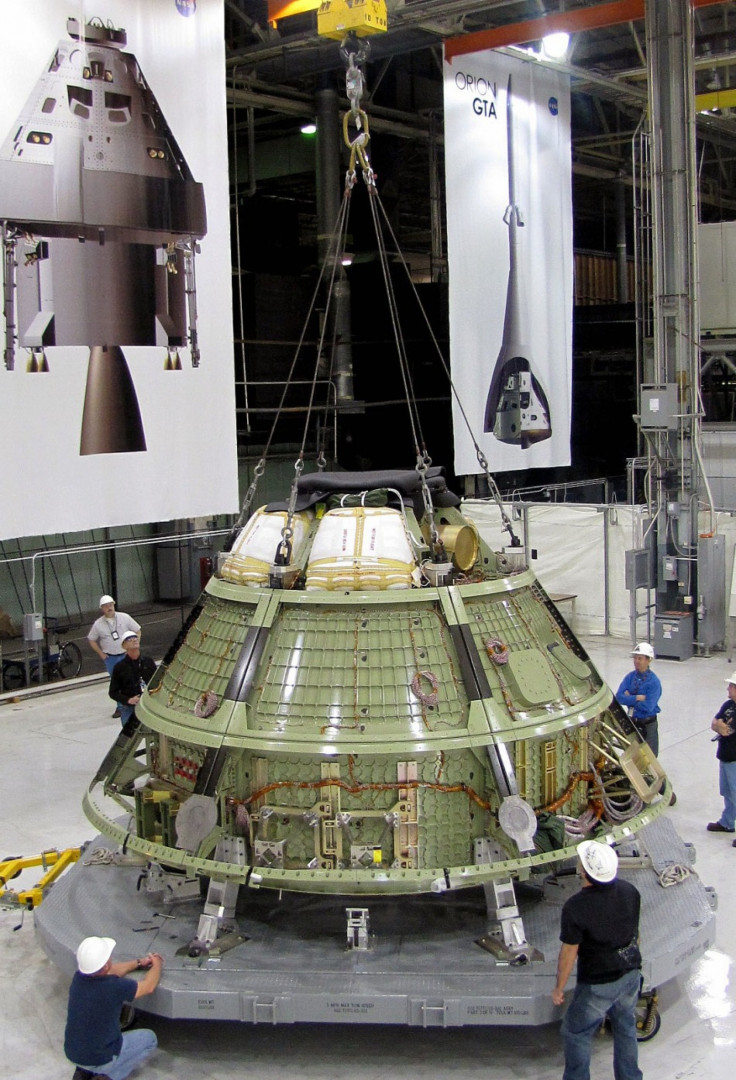Lockheed Unveils Orion Space Vehicle

Lockheed Martin unveiled its new Orion Spacecraft, part of NASA's program for space flight beyond low Earth orbit and possibly back to the moon.
Originally, the Orion and its rocket, the Ares V, were originally part of the Constellation program, aimed at returning humans to the moon. The program was cancelled by the Obama administration, and the administration said it wanted to focus on commercial crew transport and using Orion as an escape vehicle for the International Space Station and for other missions to deep space, such as the asteroids and possibly Mars.
Orion includes modules for crew, cargo, propulsion and electrical power. It also has a launch-abort system to get the capsule and astronauts to safety if the booster rocket fails. NASA successfully tested the abort system at the White Sands Missile Range in New Mexico.
In addition to rolling out the Orion, Lockheed showed off its new Space Operations Simulation Center (SOSC). These two major projects are located at Lockheed Martin's Waterton Facility near Denver, Colo.
Our nation's next bold step in exploration could begin by 2016, said John Karas, vice president and general manager for Lockheed Martin's Human Space Flight programs, in a statement. Orion was designed from inception to fly multiple, deep-space missions. The spacecraft is an incredibly robust, technically advanced vehicle capable of safely transporting humans to asteroids, Lagrange Points and other deep space destinations that will put us on an affordable and sustainable path to Mars.
The SOSC currently supports testing of Orion's Relative Navigation System, which includes Sensor Test for Orion RelNav Risk Mitigation or STORRM - a navigation and docking system that will be tested on the upcoming STS-134 shuttle mission to the International Space Station. STORRM is one of the major subsystem tests that will be completed before Orion's first orbital flight test in 2013. That test flight will involve high-altitude orbits and a high-energy reentry that simulate the environments of a deep space mission.
Since beginning work on the Orion spacecraft, Lockheed Martin has independently created a variety of scenarios called Stepping Stones. It is a set of missions that would begin with a lunar flyby, move to visiting an asteroid, and finally a trip to the moons of Mars that would complement robotic missions on the surface.
© Copyright IBTimes 2024. All rights reserved.











